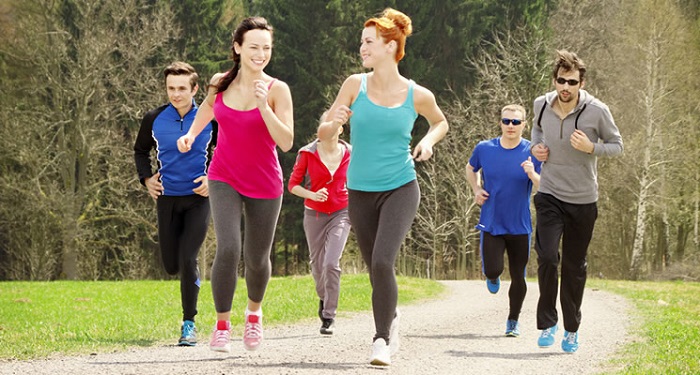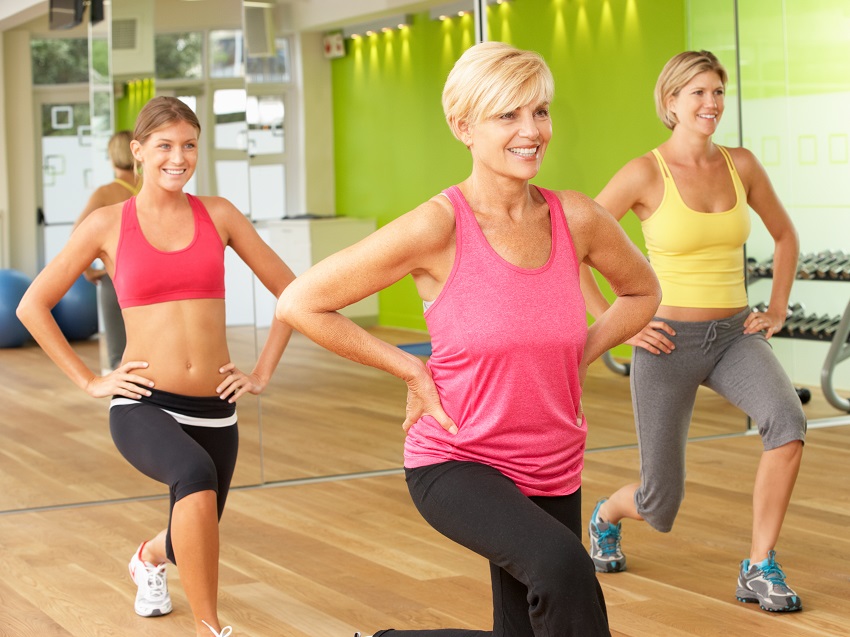The Pyramid is a forward bend that helps stretch your hamstrings and spine after a workout or long day at the office.
Pyramid Pose or Parsvottanasana, the pyramid posture with which you stretch the whole body, regain balance, and improve back and lumbar pain
Pyramid Pose or Parsvottanasana combines balance and forward twists. It is yoga for beginners and it expands you on all levels: physically and mentally.
Pyramid Pose or Parsvottanasana falls into the entry-level asana category and with daily practice, you will easily be able to perform the also known pyramid pose. If you want to get started in yoga, it is certainly a position to consider. And by adding some variations, you can make it more complex. But for starters, try its basic steps and you’ll notice how your whole body stretches while your mind expands.
It is a very intense forward flexion that you will notice especially in the back of the thighs, for this reason, it is highly recommended to stretch and make the hamstring muscles shortened in athletes and people who spend a lot of time sitting down.
Step by Step
- From the standing mountain pose, reach your hands back to bring your palms together in a prayer position at your spine line.
- Inhale to lengthen your back and step your right leg forward a meter or so, keeping your ankle in line with the mid-arch of your rear foot turning slightly outward.
- As you exhale, bend your body forward from the hips until your back is parallel to the floor. Stop and inhale, lengthening your back.
- Exhale to lower a little more, paying attention that the navel touches the thighs before the forehead touches the front of the legs. Inhale to lengthen your back, and as you exhale, try bending your body a little further down, touching your chest to your thigh before your forehead touches your leg.
- Inhale again, lengthening your back and as you exhale try to deepen your forward flexion, and if your body allows it, touch your forehead to the tibia area.
- Repeat to the other side.
For starters
You will gain flexibility if you concentrate on pushing your chest out and lengthening your back as you inhale and slowly lowering it as you exhale, without rounding your back and trying to reach your forehead to your legs.
- At first, just lean forward with your spine parallel to the ground, or at 45 degrees.
- You can also use some blocks on the ground to place your hands and build the Pyramid well.
- Any variation of Parsvottanasana is fine if it suits your body and you may also notice a strong stretch in your hamstrings while still lengthening your back, even if you don’t have the flexibility to touch your front leg with your forehead.
- One trick: If your shoulders are not flexible enough for your hands to join behind your back in prayer or Anjali Mudra , you can bring your hands to your hips, or try or grab your elbows behind your back. This helps you open your chest and lengthen your spine as you bend forward.
Benefits of the Pyramid Pose
- Stretches and flexes the back
- It is an intense stretch of the hamstrings
- Placing your hands behind your back helps make your shoulders more flexible.
- It is relaxing if you focus on feeling the stretch without importance as far as your trunk reaches
Essential points to do the posture of the Pyramid
- The toes of the front foot point forward
- The back foot is at a 45-degree angle.
- The heel of the rear foot is firmly on the ground
- The back is kept straight and does not slouch down to touch the thigh
- hips point forward
- The arms help open the chest and extend the back.




